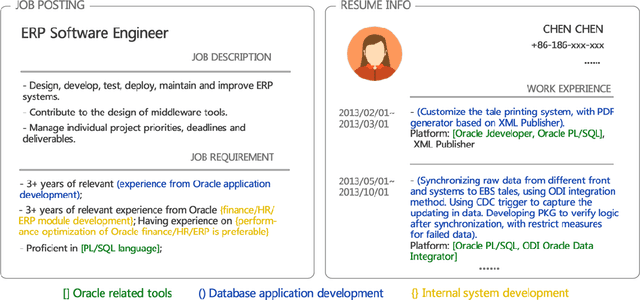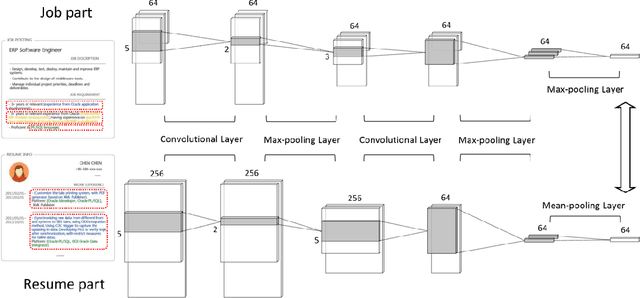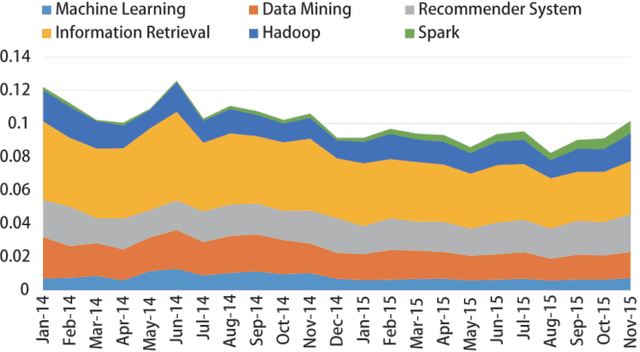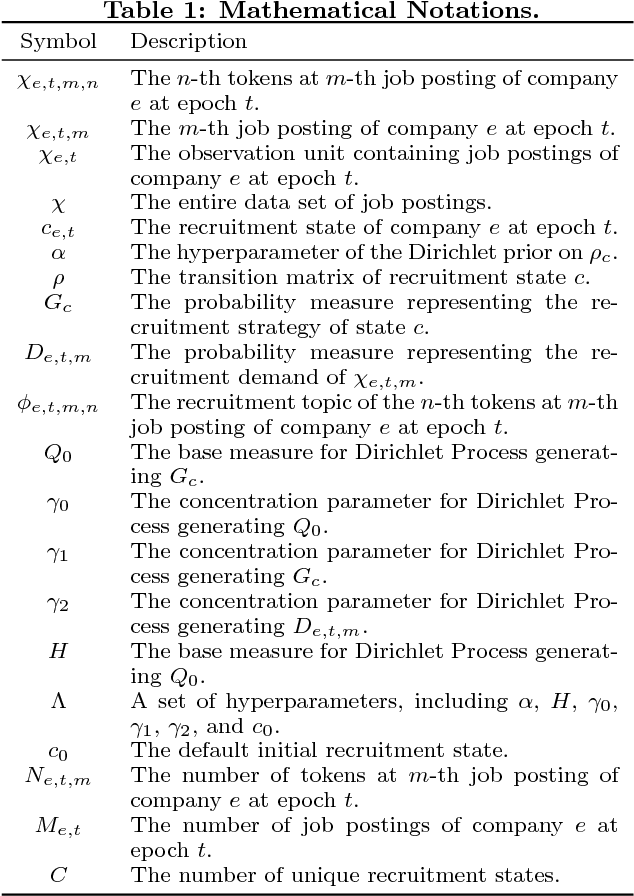Fang Xie
Steps Adaptive Decay DPSGD: Enhancing Performance on Imbalanced Datasets with Differential Privacy with HAM10000
Jul 09, 2025Abstract:When applying machine learning to medical image classification, data leakage is a critical issue. Previous methods, such as adding noise to gradients for differential privacy, work well on large datasets like MNIST and CIFAR-100, but fail on small, imbalanced medical datasets like HAM10000. This is because the imbalanced distribution causes gradients from minority classes to be clipped and lose crucial information, while majority classes dominate. This leads the model to fall into suboptimal solutions early. To address this, we propose SAD-DPSGD, which uses a linear decaying mechanism for noise and clipping thresholds. By allocating more privacy budget and using higher clipping thresholds in the initial training phases, the model avoids suboptimal solutions and enhances performance. Experiments show that SAD-DPSGD outperforms Auto-DPSGD on HAM10000, improving accuracy by 2.15% under $\epsilon = 3.0$ , $\delta = 10^{-3}$.
AdaDPIGU: Differentially Private SGD with Adaptive Clipping and Importance-Based Gradient Updates for Deep Neural Networks
Jul 09, 2025Abstract:Differential privacy has been proven effective for stochastic gradient descent; however, existing methods often suffer from performance degradation in high-dimensional settings, as the scale of injected noise increases with dimensionality. To tackle this challenge, we propose AdaDPIGU--a new differentially private SGD framework with importance-based gradient updates tailored for deep neural networks. In the pretraining stage, we apply a differentially private Gaussian mechanism to estimate the importance of each parameter while preserving privacy. During the gradient update phase, we prune low-importance coordinates and introduce a coordinate-wise adaptive clipping mechanism, enabling sparse and noise-efficient gradient updates. Theoretically, we prove that AdaDPIGU satisfies $(\varepsilon, \delta)$-differential privacy and retains convergence guarantees. Extensive experiments on standard benchmarks validate the effectiveness of AdaDPIGU. All results are reported under a fixed retention ratio of 60%. On MNIST, our method achieves a test accuracy of 99.12% under a privacy budget of $\epsilon = 8$, nearly matching the non-private model. Remarkably, on CIFAR-10, it attains 73.21% accuracy at $\epsilon = 4$, outperforming the non-private baseline of 71.12%, demonstrating that adaptive sparsification can enhance both privacy and utility.
Deep learning reveals the common spectrum underlying multiple brain disorders in youth and elders from brain functional networks
Feb 23, 2023



Abstract:Brain disorders in the early and late life of humans potentially share pathological alterations in brain functions. However, the key evidence from neuroimaging data for pathological commonness remains unrevealed. To explore this hypothesis, we build a deep learning model, using multi-site functional magnetic resonance imaging data (N=4,410, 6 sites), for classifying 5 different brain disorders from healthy controls, with a set of common features. Our model achieves 62.6(1.9)% overall classification accuracy on data from the 6 investigated sites and detects a set of commonly affected functional subnetworks at different spatial scales, including default mode, executive control, visual, and limbic networks. In the deep-layer feature representation for individual data, we observe young and aging patients with disorders are continuously distributed, which is in line with the clinical concept of the "spectrum of disorders". The revealed spectrum underlying early- and late-life brain disorders promotes the understanding of disorder comorbidities in the lifespan.
Distribution Estimation of Contaminated Data via DNN-based MoM-GANs
Dec 28, 2022Abstract:This paper studies the distribution estimation of contaminated data by the MoM-GAN method, which combines generative adversarial net (GAN) and median-of-mean (MoM) estimation. We use a deep neural network (DNN) with a ReLU activation function to model the generator and discriminator of the GAN. Theoretically, we derive a non-asymptotic error bound for the DNN-based MoM-GAN estimator measured by integral probability metrics with the $b$-smoothness H\"{o}lder class. The error bound decreases essentially as $n^{-b/p}\vee n^{-1/2}$, where $n$ and $p$ are the sample size and the dimension of input data. We give an algorithm for the MoM-GAN method and implement it through two real applications. The numerical results show that the MoM-GAN outperforms other competitive methods when dealing with contaminated data.
Statistical Guarantees for Approximate Stationary Points of Simple Neural Networks
May 09, 2022



Abstract:Since statistical guarantees for neural networks are usually restricted to global optima of intricate objective functions, it is not clear whether these theories really explain the performances of actual outputs of neural-network pipelines. The goal of this paper is, therefore, to bring statistical theory closer to practice. We develop statistical guarantees for simple neural networks that coincide up to logarithmic factors with the global optima but apply to stationary points and the points nearby. These results support the common notion that neural networks do not necessarily need to be optimized globally from a mathematical perspective. More generally, despite being limited to simple neural networks for now, our theories make a step forward in describing the practical properties of neural networks in mathematical terms.
Statistical Guarantees for Regularized Neural Networks
May 30, 2020Abstract:Neural networks have become standard tools in the analysis of data, but they lack comprehensive mathematical theories. For example, there are very few statistical guarantees for learning neural networks from data, especially for classes of estimators that are used in practice or at least similar to such. In this paper, we develop a general statistical guarantee for estimators that consist of a least-squares term and a regularizer. We then exemplify this guarantee with $\ell_1$-regularization, showing that the corresponding prediction error increases at most sub-linearly in the number of layers and at most logarithmically in the total number of parameters. Our results establish a mathematical basis for regularized estimation of neural networks, and they deepen our mathematical understanding of neural networks and deep learning more generally.
Tuning-free ridge estimators for high-dimensional generalized linear models
Feb 27, 2020

Abstract:Ridge estimators regularize the squared Euclidean lengths of parameters. Such estimators are mathematically and computationally attractive but involve tuning parameters that can be difficult to calibrate. In this paper, we show that ridge estimators can be modified such that tuning parameters can be avoided altogether. We also show that these modified versions can improve on the empirical prediction accuracies of standard ridge estimators combined with cross-validation, and we provide first theoretical guarantees.
Person-Job Fit: Adapting the Right Talent for the Right Job with Joint Representation Learning
Oct 08, 2018



Abstract:Person-Job Fit is the process of matching the right talent for the right job by identifying talent competencies that are required for the job. While many qualitative efforts have been made in related fields, it still lacks of quantitative ways of measuring talent competencies as well as the job's talent requirements. To this end, in this paper, we propose a novel end-to-end data-driven model based on Convolutional Neural Network (CNN), namely Person-Job Fit Neural Network (PJFNN), for matching a talent qualification to the requirements of a job. To be specific, PJFNN is a bipartite neural network which can effectively learn the joint representation of Person-Job fitness from historical job applications. In particular, due to the design of a hierarchical representation structure, PJFNN can not only estimate whether a candidate fits a job, but also identify which specific requirement items in the job posting are satisfied by the candidate by measuring the distances between corresponding latent representations. Finally, the extensive experiments on a large-scale real-world dataset clearly validate the performance of PJFNN in terms of Person-Job Fit prediction. Also, we provide effective data visualization to show some job and talent benchmark insights obtained by PJFNN.
* 16 pages, 5 figures
Recruitment Market Trend Analysis with Sequential Latent Variable Models
Dec 08, 2017



Abstract:Recruitment market analysis provides valuable understanding of industry-specific economic growth and plays an important role for both employers and job seekers. With the rapid development of online recruitment services, massive recruitment data have been accumulated and enable a new paradigm for recruitment market analysis. However, traditional methods for recruitment market analysis largely rely on the knowledge of domain experts and classic statistical models, which are usually too general to model large-scale dynamic recruitment data, and have difficulties to capture the fine-grained market trends. To this end, in this paper, we propose a new research paradigm for recruitment market analysis by leveraging unsupervised learning techniques for automatically discovering recruitment market trends based on large-scale recruitment data. Specifically, we develop a novel sequential latent variable model, named MTLVM, which is designed for capturing the sequential dependencies of corporate recruitment states and is able to automatically learn the latent recruitment topics within a Bayesian generative framework. In particular, to capture the variability of recruitment topics over time, we design hierarchical dirichlet processes for MTLVM. These processes allow to dynamically generate the evolving recruitment topics. Finally, we implement a prototype system to empirically evaluate our approach based on real-world recruitment data in China. Indeed, by visualizing the results from MTLVM, we can successfully reveal many interesting findings, such as the popularity of LBS related jobs reached the peak in the 2nd half of 2014, and decreased in 2015.
 Add to Chrome
Add to Chrome Add to Firefox
Add to Firefox Add to Edge
Add to Edge